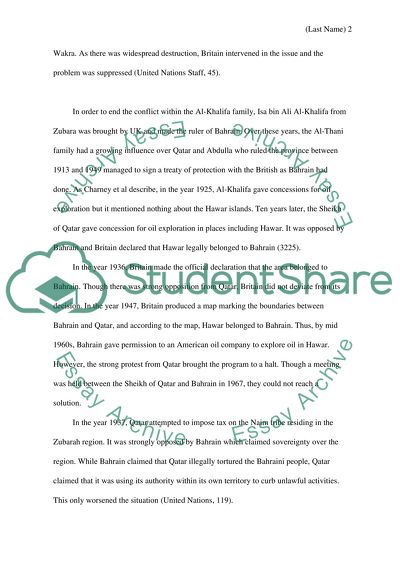Cite this document
(“The final decision for the international court of justice in the issue Essay”, n.d.)
The final decision for the international court of justice in the issue Essay. Retrieved from https://studentshare.org/history/1464216-the-final-decision-for-the-international-court-of
The final decision for the international court of justice in the issue Essay. Retrieved from https://studentshare.org/history/1464216-the-final-decision-for-the-international-court-of
(The Final Decision for the International Court of Justice in the Issue Essay)
The Final Decision for the International Court of Justice in the Issue Essay. https://studentshare.org/history/1464216-the-final-decision-for-the-international-court-of.
The Final Decision for the International Court of Justice in the Issue Essay. https://studentshare.org/history/1464216-the-final-decision-for-the-international-court-of.
“The Final Decision for the International Court of Justice in the Issue Essay”, n.d. https://studentshare.org/history/1464216-the-final-decision-for-the-international-court-of.


